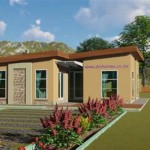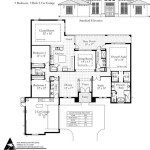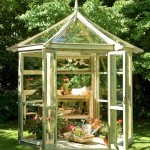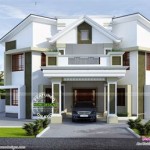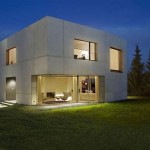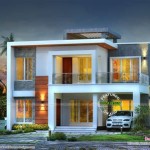Sustainable Home Plans: Essential Aspects for Environmental and Economic Benefits
In today's world, sustainability has become a crucial consideration in various aspects of our lives, including our homes. Sustainable home plans prioritize the use of environmentally friendly materials, energy-efficient appliances, and water-saving practices to minimize ecological impact and reduce running costs.
Embracing sustainable home plans offers numerous advantages, including:
- Reduced carbon footprint
- Lower utility bills
- Increased indoor air quality
- Enhanced comfort and well-being
- Improved property value
To achieve a truly sustainable home, several key aspects need to be carefully considered:
1. Energy Efficiency
Efficient use of energy is paramount for sustainability. Incorporate energy-saving measures such as:
- High-performance windows and doors
- Insulated walls and ceilings
- Energy Star-rated appliances
- Smart lighting systems
- Renewable energy sources (e.g., solar panels, geothermal heating)
2. Water Conservation
Water is a precious resource. Sustainable homes prioritize water conservation through:
- Low-flow fixtures (e.g., toilets, faucets)
- Water-efficient landscaping
- Rainwater harvesting systems
- Leak detection and repair programs
3. Material Selection
Building materials play a significant role in sustainability. Opt for:
- Recycled or reclaimed materials
- Sustainably harvested wood products
- Low-VOC (volatile organic compound) finishes
- Durable and low-maintenance materials
4. Indoor Air Quality
Good indoor air quality is essential for health and well-being. Sustainable homes promote:
- Ventilation systems to circulate fresh air
- Air filters to remove pollutants
- Natural materials (e.g., wood, bamboo) that release less harmful emissions
- Avoidance of toxic materials (e.g., lead, asbestos)
5. Site Orientation and Design
The orientation and design of the house can significantly impact its sustainability.
- Passive solar design to maximize natural light and heat
- Cross-ventilation to promote airflow
- Landscaping that provides shade and insulation
- Efficient use of space to minimize energy consumption
6. Green Building Certifications
To ensure credibility and transparency, consider obtaining green building certifications such as:
- LEED (Leadership in Energy and Environmental Design)
- WELL Building Standard
- Green Globes
Conclusion
Sustainable home plans are essential for creating environmentally friendly and cost-effective living spaces. By incorporating energy efficiency, water conservation, thoughtful material selection, indoor air quality improvements, and site optimization, homeowners can significantly reduce their environmental impact while enhancing their health, well-being, and financial stability. Embracing sustainability in home design is an investment in the future, ensuring a greener and more prosperous home for generations to come.

Eco Friendly Home Plans House Design

Eco Sustainable House Djuric Tardio Architectes Archdaily

Floor Plan For Sustainable Home Bui Gallery 7 Trends

Sustainable Living House Plan 33035zrx Architectural Designs Plans

Aus Guide Environmentally Sustainable Homes Cfm Air

Pin On Architectural Presentations Drawings Models Concepts
This Entirely Customizable Dwelling Unit Raises The Bar In Energy Efficient Green Home Market Place Plans By Leap Adaptive

Eco Sustainable House By Djuric Tardio Architectes

Simply Smart An Ultra Green Sustainable House By Zeroenergy Design

Green Building Designs Plans And Guidelines



